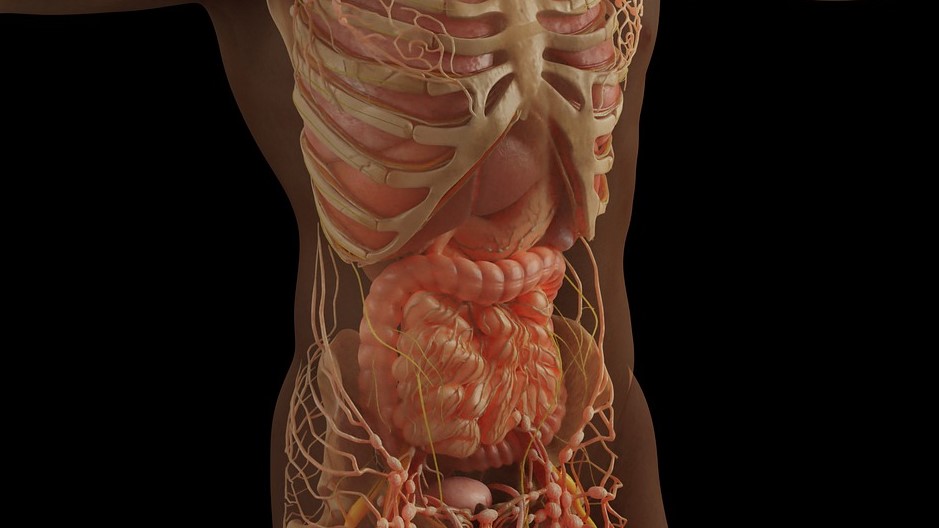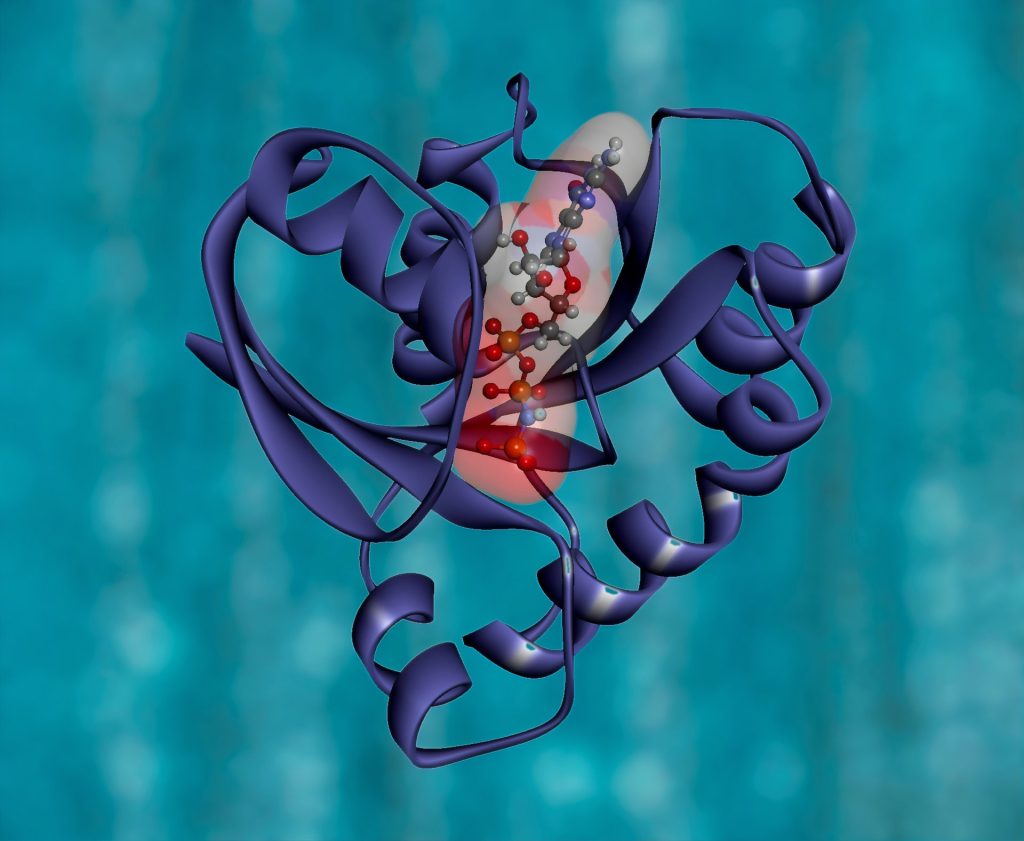Combining Diagnosis and Treatment into One to Treat Pancreatic Cancer

Pancreatic ductal adenocarcinoma (PDAC) is one of the deadliest cancers worldwide, with a 5-year survival rate of less than 10%. Many PDAC tumours go undetected in early stages since they go undetected by conventional imaging methods such as fluorodeoxyglucose positron emission tomography (PET) scans. To tackle this problem, researchers in Japan are combining diagnostic and therapeutic procedures into a single integrated process: ‘theranostics’.
In an article recently published in the Journal of Nuclear Medicine, the Osaka University-led team has developed a ‘radio-theranostics’ strategy that uses a new radioactive antibody to target glypican-1 (GPC1), a protein highly expressed in PDAC tumours. Theranostics, particularly radio-theranostics, has been receiving increasing attention because, by radio-labelling the compounds used to target certain molecules in cancer cells, diagnosis and treatment can be carried out sequentially.
“We decided to target GPC1 because it is overexpressed in PDAC but is only present in low levels in normal tissues,” explains Tadashi Watabe, lead author of the study.
The team used a monoclonal antibody (mAb) designed to target GPC1. The mAb could be labelled with isotopes of zirconium (89Zr) or astatine (211At). First, they injected the 89Zr-GPC1 mAb into a xenograft mouse model, which has a human pancreatic cancer tumour.
“We monitored 89Zr-GPC1 mAb internalisation over seven days with PET scanning,” explains Kazuya Kabayama, the second author of the article. “There was strong uptake of the mAb into the tumours, suggesting that this method could support tumour visualisation. We confirmed that this was mediated by its binding to GPC1, as the xenograft model that had GPC1 expression knocked out showed significantly less uptake.”
The researchers next tested this model with alpha therapy using 211At-GPC1 mAb, a method that could support radioactive label-based delivery of a therapeutic molecule to its target. Administration of 211At-GPC1 mAb resulted in DNA double-strand break induction in the cancer cells, as well as significantly reduced tumour growth. Control experiments showed that these antitumor effects did not occur when mAb internalisation was blocked. Additionally, non-radiolabelled GPC1 mAb did not induce these effects.
“Both radiolabeled versions of the GPC1 mAb we examined showed promising results in PDAC,” says Watabe. “89Zr-GPC1 mAb showed high humoral uptake, while 211At-GPC1 mAb could be used for targeted alpha therapy to support suppression of PDAC tumour growth.”
These highly impactful data demonstrate the potential for using a theranostics approach in PDAC, a disease in dire need of new diagnostic and therapeutic options. In the future, this could lead to early detection of PDAC with PET imaging and systemic treatment with alpha therapy.
Source: Osaka University




